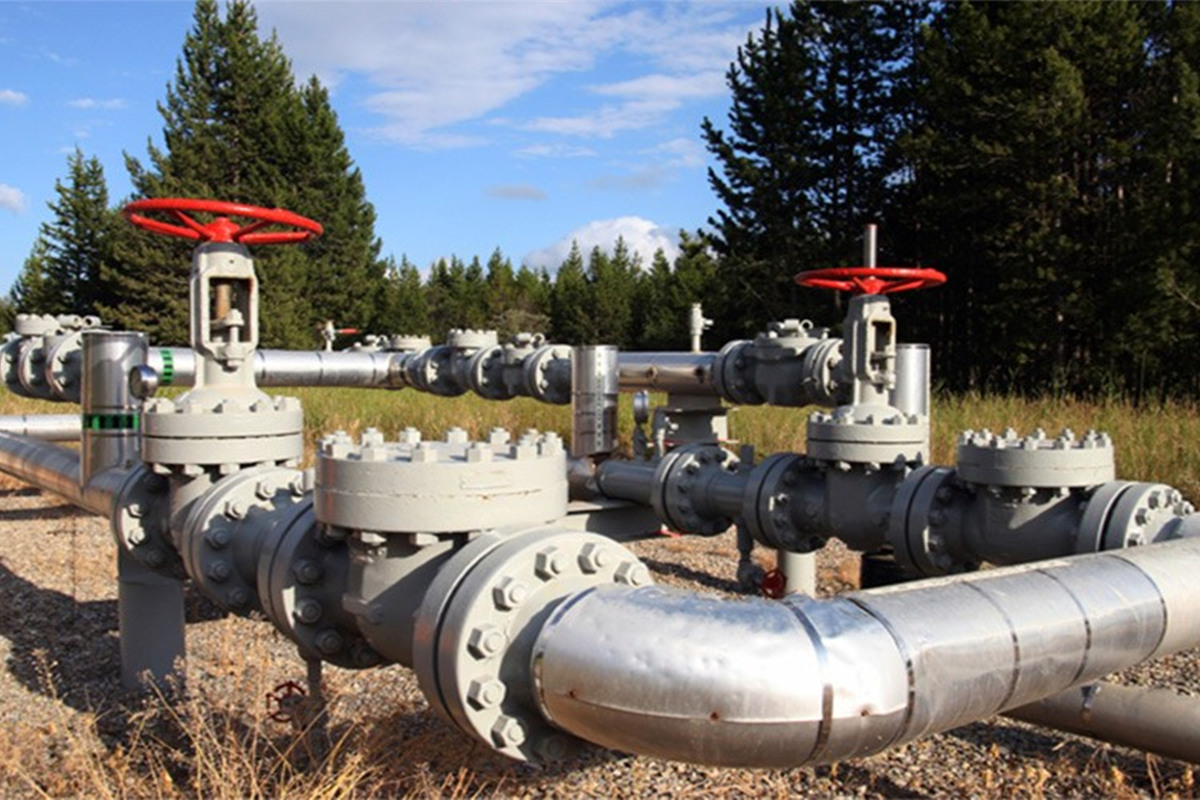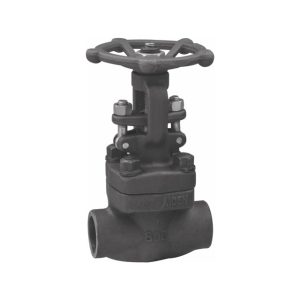Table of Contents
ToggleDifferent types of industrial valves have different purposes. Some of them are used for starting, shutting off, or regulating flow rates. Others are primarily used for opening and closing.
There are three common types of industrial valves: ball, butterfly, and check valves. These are the most commonly used industrial valves. However, apart from them, there are many other types of valves used for industrial applications.
In this guide, we are going to discuss the 9 types of industrial valves. To know more about it, continue reading this article.
What Are Industrial Valves?
If you’re wondering what industrial valves are, you’ve come to the right place. These versatile pieces of equipment are used for a variety of industrial fluid handling applications. An industrial valve is a device that is used to control as well as regulate the flow of the medium. They help to control the flow of gases, liquids as well as other mediums. Valves are connected to a pipe or passageway to obstruct as well as release the flow.
Industrial valves control the flow of liquids and gases. They can be used to stop, start, or regulate the pressure in a piping system. They are an essential part of the oil and gas industry. They are critical for the safety of oil products, and modern technology is often integrated into their design. These valves also help prevent leakages and increase efficiency. Regardless of what their purpose is, they help ensure the safety of all workers and the environment.
9 Types of Industrial Valves and Their Uses
There are many types of valves used in the industrial world today. Some are excellent throttlers, while others serve as tight protection against leakage. Here are the top 9 types of industrial valves.
-
Ball Valve
In the world of process controls, industrial valves are used to control the flow of fluids. One type of industrial valve is the ball valve, which uses a ball to block reverse flow. Ball valves are an industry standard and are used in many applications. These valves are known for being reliable in closed positions. Their multi-way design flexibility makes them a great choice for some applications. A notable characteristic of ball valves is their ability to handle a wide range of liquids and gases.
-
Gate Valve
A Gate Valve is one of the nine major types of industrial valves. This design is characterized by its spool design, which consists of a wedge-shaped seat and a disk with a pressure-retaining part. A seat is usually forged or hard-surfaced for improved wear resistance and fine-surface finish. A seat is not typically considered a pressure-boundary part, but it must be of sufficient thickness to withstand the design pressure. A Gate Valve functions by allowing the medium to flow through it. The valve disc is partially open and requires several turns before it fully closes.
-
Globe Valve
The Globe Valve is an important component of any process that requires shut-off service. Its size ranges from 1mm to 100mm and can operate at extremely high pressures and temperatures. These valves are made from cast iron, stainless steel, plastic brass, and aluminium and are used in a variety of applications. The Globe Valve’s design consists of a needle-shaped disc that passes before an opening seat. The disc matches the taped design of the body to ensure gradual opening or closing.
-
Check Valve
Check valves are used in liquid and gas systems and are a common choice for pump protection. Their simple design, combined with various materials, make them a versatile choice for a variety of applications. Check valves are often used in wastewater management systems, and they can be purchased from global manufacturers at a variety of price points.
-
Butterfly Valve
A butterfly valve is a type of industrial valve that can be used for a variety of purposes. These valves are bi-directional and operate in the same direction as the flow of the media they are controlling. They are often used in chemical processes, wastewater treatment, and fire protection. They can also be used in fuel handling systems and in pharmaceutical and food processing applications.
-
Plug Valve
This type of valve has a cone-shaped plugin structure. This plug is secured in the valve body by the gland. The plug must be properly seated in the valve body at all times, so it is essential that the gland is adjusted correctly. It comes with a reliable and tight seal capability along with a simple opening and closing mechanism.
-
Control Valve
As the name goes, it is the type of valve that helps you to control the flow. With this valve, you can easily increase and decrease the flow passage. This type of valve is used to control flow, temperature as well as pressure. There are many different types of control valves available.
-
Safety Valve
The pressure relief valve, also known as a safety valve, protects against overpressure in systems with high pressure. As the valve is open, the fluid passes through a pilot tube, and the main valve moves upward. When the pressure in the system falls below the set level, the valve closes, and the media flows to the outlet.
-
Needle Valve
This valve has a needle-like shape and uses a disc to control the flow. The mechanism of the valve is similar to the globe valve. The needle helps to control the flow with more precision. It is ideal for vacuum services and is effective in controlling the flow of fluids. The best thing about this valve is that it requires minimal maintenance.










